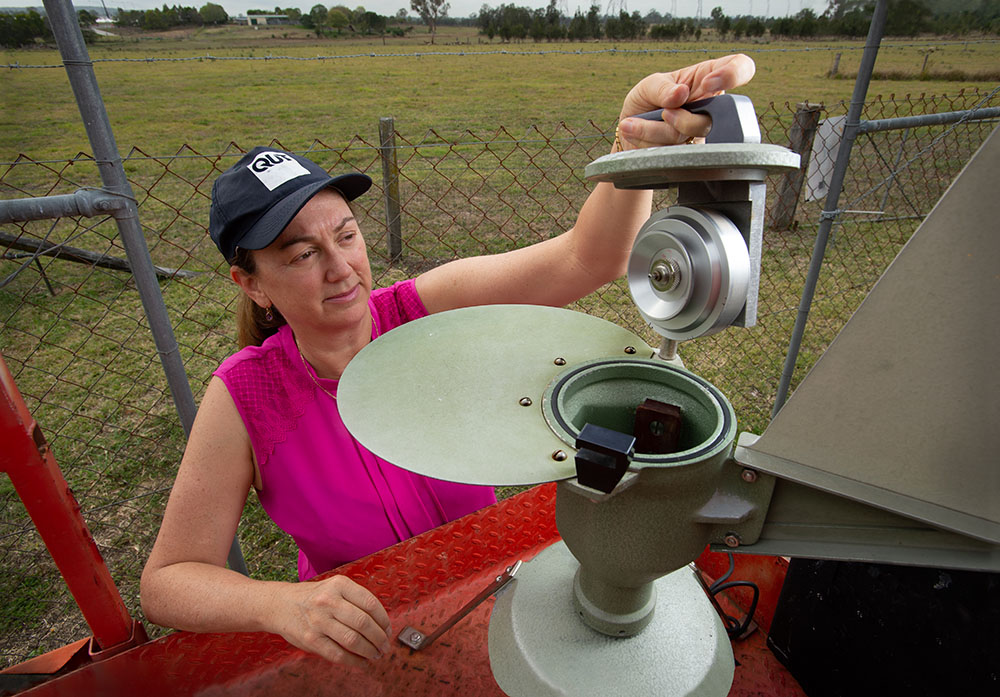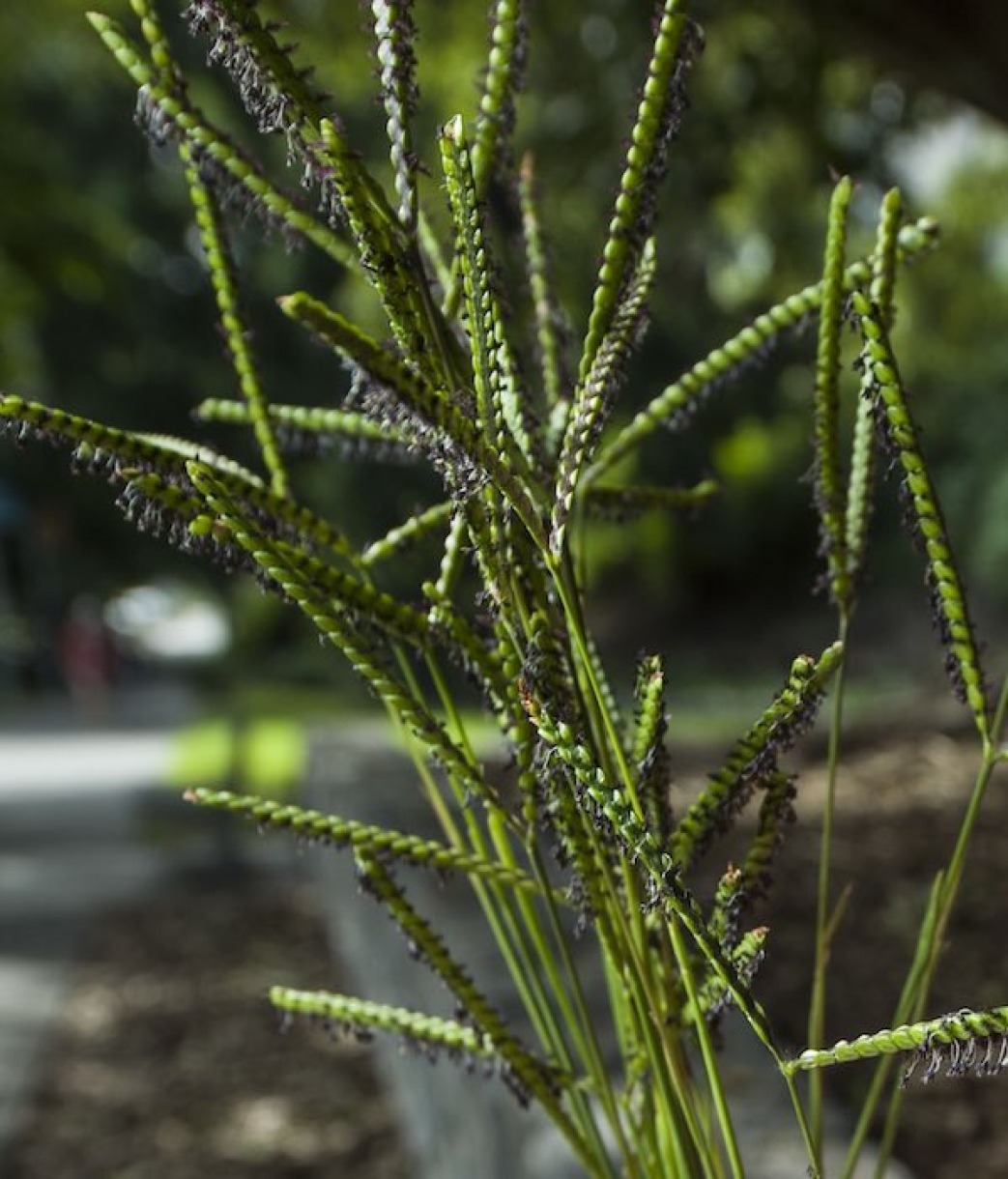Allergy-causing airborne grass pollen concentrations in Brisbane air are now almost three times higher than they were in the 1990s accompanied by an increase in the frequency and proportion of high-extreme grass pollen days.
- Grass pollen is a major source of hay fever and allergies in Australia
- Elevated grass pollen concentrations associate with climate change factors
- First medium-term comparison of airborne pollen levels in a subtropical city
Professor Janet Davies, who leads QUT Allergy Research Group in the Centre for Immunology and Infection Control, said the research team took daily ambient grass pollen data from the two available datasets – one from 1994 to 1999 and compared it with that recorded from 2016 to 2020 by her research group, the NHMRC AusPollen Partnership.
"Predicted changes in climate mean it is important to monitor changes over time in allergenic pollen levels and look for drivers of these trends. To our knowledge, this is the first study of airborne pollen level comparison in a subtropical city," Professor Davies said.

"We have a high rate of allergic rhinitis (19 per cent) and asthma (11 per cent) in Australia and grass pollen is considered to be one of the major outdoor sources of allergy.
"We know from northern hemisphere studies that climate change appears to influence plant phenology, intensity of airborne pollen seasons, pollen production, and allergenicity."
Professor Davies said both pollen concentration datasets were collected at the Air Quality Monitoring Station in Rocklea, Brisbane.
"In both datasets the pollen season start dates varied between mid-October andmid-December," she said.
"We found, however, that daily grass pollen concentrations were significantly higher during the 2016-2020 period than the earlier 1990s period and the 2010s pollen data had more than twice the proportion of high-to-extreme pollen concentrations recorded in-season.

"We identified statistically significant associations with elevated grass pollen levels and climate factors in the distribution of CO2, satellite-derived seasonal vegetation health indices, and daily maximum temperatures, which could be drivers of the rise in pollen concentration and frequency of high to extreme pollen days."
The research team took daily meteorological data for both time periods from the Bureau of Meteorology (BOM) station at Archerfield, 2km from the Rocklea site, which gave the researchers the minimum and maximum temperatures and relative humidity, rainfall, and solar radiation.
"We took into account accompanying changes in weather patterns and satellite data on the health and amount of ground vegetation which were correlated with airborne pollen records to look for influencing factors," Professor Davies said.
"In addition, we correlated this data with baseline CO2 levels from BOM/CSIRO data.
"This study suggests the need for continuous pollen monitoring to track and respond to the possible effects of climate change on grass pollen loads in future."
Medium-Term Increases in Ambient Grass Pollen Between 1994-1999 and 2016-2020 in a Subtropical Climate Zone was published in Frontiers in Allergy.






